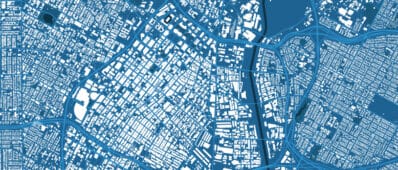Abstract
Beginning in 2020, many in-person activities were replaced by virtual activities as a response to the COVID-19 pandemic. This affected fundamental elements of transportation systems such as trip frequency, commute distance, origins, and destinations. For example, remote work and study were widely adopted among workers and students. Still, the ways that the pandemic affected individuals’ work arrangements across different phases of the pandemic and the extent to which full remote work and hybrid work induced by the pandemic might persist in the future are unclear. In addition, recent studies are not conclusive regarding the ways changes in work arrangements do/will impact travel patterns and trip making.
